
PRODUCTS
08-07-2020 di redazione
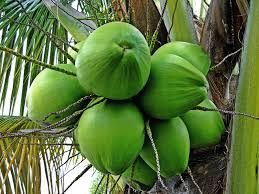
The coconut is the fruit of the coconut palm, scientific name Cocos nucifera, a plant belonging to the Arecaceae family and native to Indonesia, but thanks to the ability of coconuts to float on seawater and maintain the ability to germinate after 110 days of immersion (a period in which they can travel up to 5000 kilometers) has spread naturally in many places around the globe.
Coconuts or "drupes" usually grow in five or six bunches, each containing about a dozen fruits.
They are protected by a fibrous shell 5 to 15 cm thick under which we find very hard and thin brownish shells that must be broken to reach the flesh, which adheres to the inner walls.
The flesh contained inside is fibrous, milky and rich in precious oil. In the still unripe fruit, the pulp is replaced by a sweet and refreshing opalescent white liquid known as "coconut water", a particularly thirst-quenching drink rich in mineral salts.
Coconut water can be considered as a real natural supplement. It contains mineral salts such as magnesium, potassium and calcium. The mineral salts act in synergy to keep the body hydrated during physical activity. It can therefore be considered as a natural alternative to sports drinks and energy drinks rich in colorants and preservatives. It is useful for those who practice sport because it prevents muscle cramps. It is considered as a real panacea if taken in the amount of 40-50 millilitres per day. In general, it helps to improve energy levels, stimulating the production of hormones by the thyroid gland and stimulating the metabolism. This drink made from coconut contains numerous bioactive enzymes that our body uses for the digestion of food. Drinking coconut water is a useful natural remedy for those who suffer from digestive problems and abdominal pain caused by poor digestion. Coconut water must be taken regularly to achieve the desired effects.
Coconut also produces milk, a vegetable drink that can be combined with rice milk or almond milk, and oil, which is used as a beauty product but also as an ingredient for cooking and seasoning.
For millennia coconut oil has been used as a dietary and cosmetic product. It is a powerful destroyer of all types of microbes: viruses, bacteria, protozoa (many potentially harmful). Coconut oil is also a natural high quality fat carrier, fundamental for an optimal health of the organism.
About 50% of the fat contained in coconut oil is lauric acid, an extremely rare element in nature. Coconut oil contains more lauric acid than any other substance on Earth.
Coconut oil offers a very long list of health benefits if it is included in the daily diet. In addition to its antimicrobial properties, it is useful to support heart health and proper thyroid function, strengthen the immune system, and maintain healthy, young skin.
But coconut oil also has an impressive number of other uses, from topical beauty applications, to first aid treatments, to cleaning in general.
Coconut oil can replace dozens of beauty and body care products.
Coconut oil is also known for its beneficial effects on hair. Most women who use it use it as a pre-shampoo conditioner. Simply massage the coconut oil into dry hair and leave it on for about an hour or more.
Mixed with baking soda it becomes a simple, cheap, but effective toothpaste. It is also a great alternative for those who want a toothpaste without the addition of fluoride, but do not intend to spend more.
Besides all the uses described so far, coconut oil also deserves a place in the medicine cabinet, again because of its antimicrobial and anti-viral activity. For example, ear infections, fungal infections, insect bites, lip herpes.
fake rolex kaufen Coconut has the ability to regulate blood sugar, lower cholesterol and help the body maintain proper hydration, especially if coconut pulp is consumed in addition to coconut water.
Coconut is considered a beneficial food in particular because of its mineral salt content. It is an important source of potassium but also contains other minerals such as magnesium, copper, phosphorus, zinc and iron. It contains natural sugars, vegetable fibres and amino acids. It is also a source of certain vitamins, with particular reference to B vitamins, vitamin C, vitamin E and vitamin K.
The consumption of coconut also helps to improve digestion, supports the immune system, is useful in the defence of the immune system, and is also a source of vitamins.
RECIPES
di redazione

Although originally from South America, papaya has spread widely in Kenya and is well integrated into Swahili cuisine. An interesting and tasty example is...
RECIPES
di redazione
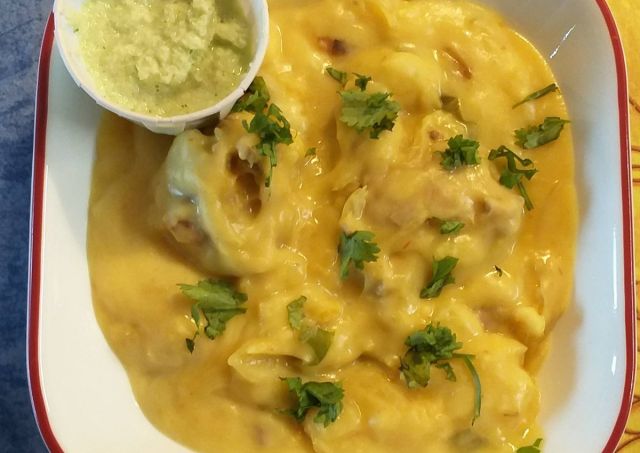
"Muhogo wa Nyama" (meat with cassava) is a typical Kenyan dish. Cassava is a tuber also known as cassava, it is used to make flour or like potatoes, both fried and stewed. Its taste is a bit reminiscent of chestnuts....
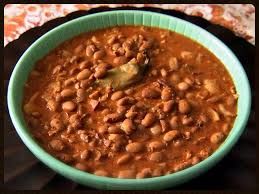
Coconut beans (maharagwe za nazi) are a poor but tasty and energetic dish of the tradition of the ethnic mijikenda that populates the Kenyan coast.
Depending on who prepares it, tastes and abundance of beans, it can be cooked as...
RECIPES
di redazione

Vibibibi" are local pancakes made with rice and coconut milk.
"Vibibibi" in kiswahili means "young ladies."
In the tradition of the Kenyan coast they are used in particular at breakfast or as a sweet appetizer before lunch.
Some people also...
RECIPES
di redazione
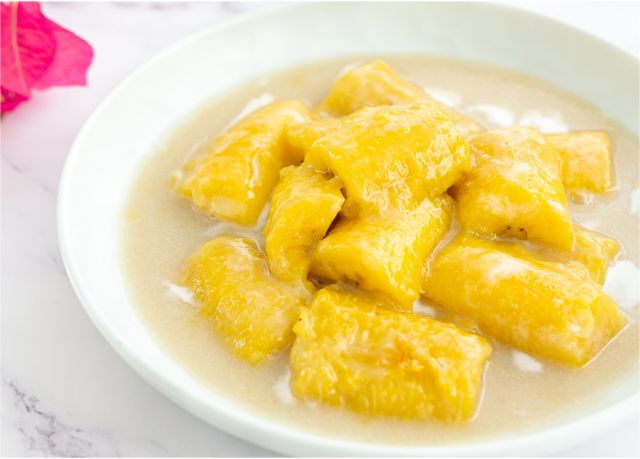
We have already talked about and proposed a classic recipe of matoke or green banana, but today we want to propose you a sweet, unpublished version: matoke in coconut cream and cardamom.
This fruit is very similar to the banana,...

The Swahili cuisine has an infinity of delicious sweet dishes that, especially during the Ramadan period, you can discover and taste and then propose them on our tables.
The vipopoo or...
RECIPES
di redazione

The Swahili cuisine of Kenya, as we know, is a mixture of the cultures and people who have landed on the coast, and the products of the territory they have learned to use. The example is offered by the use...

"Samaki wa kupaka ya nazi", literally "Coconut fish cubes" is a dish of the Swahili tradition of Kenya, which uses various spices of ancient Indian origin to give it flavor. A very tasty version includes "madras", the most common one...

Its shape, fragrance, hints of coconut or...
RECIPES
di redazione

This delicious rice cake is known on the Kenyan coast as mkate wa sinia or mkate wa kumimina, which literally means flat bread.
It is an absolute must try and is also...
RECIPES
di redazione
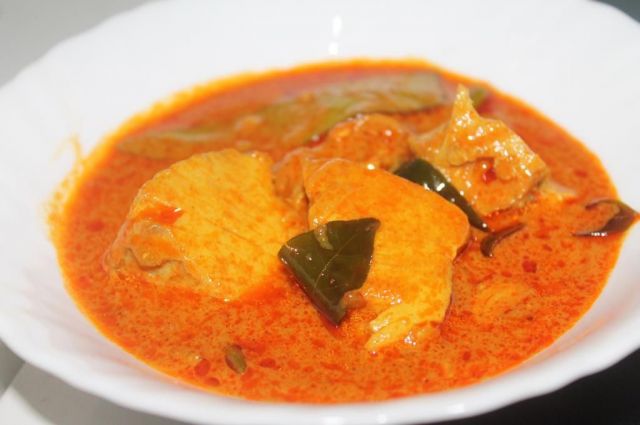
Fish morsels in mango sauce.
This is a Swahili recipe particularly used in Malindi and Watamu and on the coast of Kenya, where the plants of this delicious tropical fruit abound.
Here is for you the recipe of watamukenya.net
RECIPES
di redazione

The mahamri or mandazi is a very popular pancake on the Kenyan coast. It is excellent for breakfast with coffee, as a snack with tea or at the end of a meal, perhaps with a
PRODUCTS
di redazione

Mnavu or managu is a green leafy vegetable very common throughout Kenya and East African countries.
At certain times of the year, bunches of this highly nutritious and protein-rich vegetable can be...

Kaimati are characteristic sweets of Kenya, and particularly of the Swahili coast, similar to our carnival tortelli, not stuffed.
They are often garnished with a caramelized icing and sprinkled with white sugar.
HERE IS THE RECIPE
RECIPES
di redazione
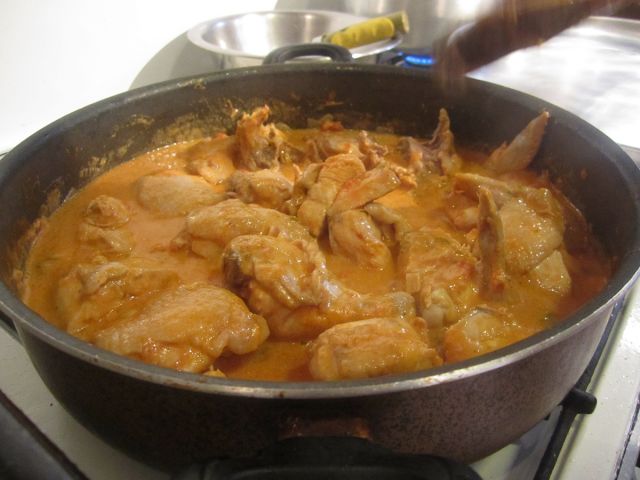
Chicken cooked "alla swahili" suffers, like many dishes of the Kenyan coast, from ancient mixes and suggestions between India, Middle East and other countries that have frequented the Indian Ocean of Africa.
Here is the original recipe for this tasty...